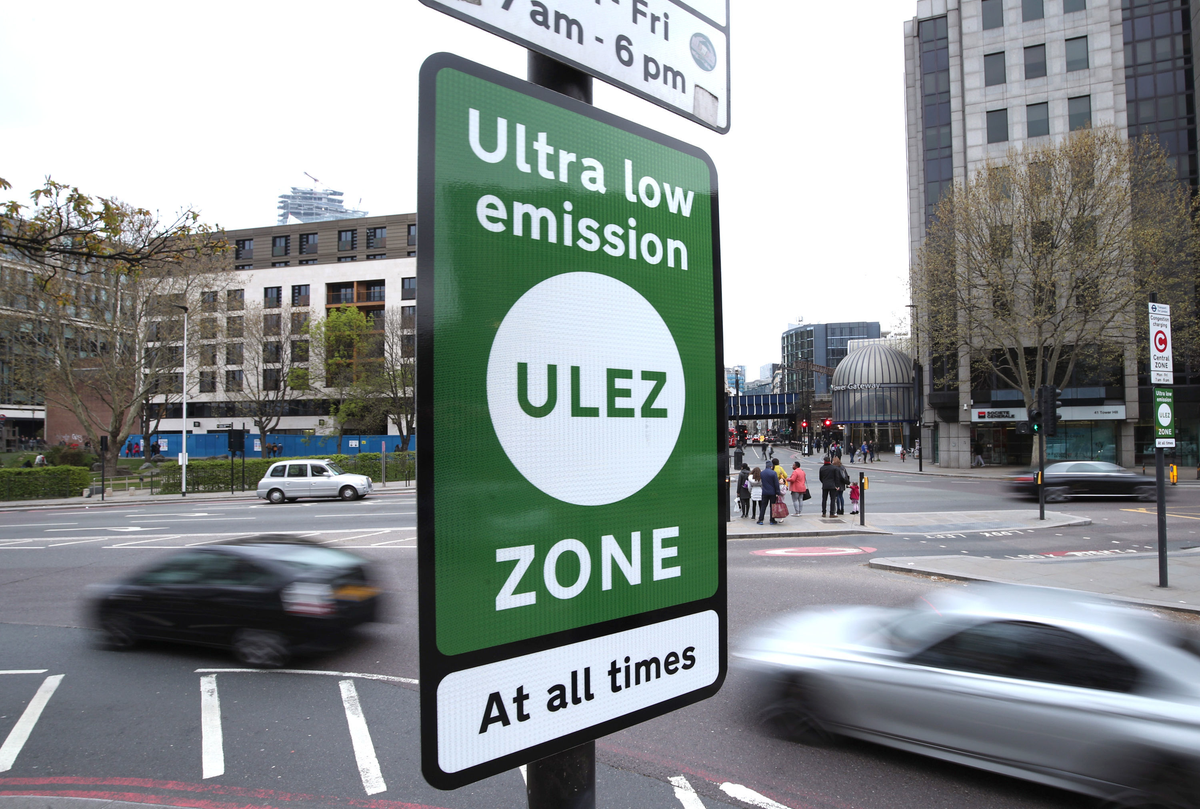Ulez averts more air pollution than that caused by capital’s airports, report shows

A report has estimated that Ulez policies in London achieved improvements in air quality which rivalled cleaning up the emissions produced by the capital’s aviation industry.
Ulez policies are predicted to have cut nitrogen oxide emissions from road traffic by 13,500 tonnes in London between 2019 and 2022 before the zone was expanded to cover the whole capital in August.
The report, commissioned from Logika Group Air Quality Consultants using Transport for London data, said each year the aviation industry in London produced 3,800 tonnes of emissions.
The Ulez policies are also estimated to have reduced harmful road traffic particulate matter emissions by 180 tonnes across London between 2019 and 2022, accidental fires in London produce 67 tonnes each year while the capital’s aviation industry produces around 54 tonnes a year.
The emissions cut by Ulez policies in the three-year window were equivalent to cleaning up annual emissions produced by London’s aviation, industrial and commercial heat and power generation combined, the report said.
City Hall said the findings underline why London Mayor Sadiq Khan made Ulez London-wide on August 29.
The Ulez sees the drivers of older, more polluting vehicles face a £12.50-a-day charge.
The impact of the city-wide expansion on emissions and air pollutant concentrations will be reported in 2024 after six and 12 months of operation, City Hall has said.
Mr Khan said: “The decision to expand the Ulez was not something I took lightly but, when confronted by the evidence, it was clear that clean air zones like these are the most effective way to cut toxic air and meaningfully protect people’s health.
“In a few short years the Ulez has prevented tens of thousands of tonnes of toxic nitrogen oxide emissions from being released and the London-wide expansion is enabling five million more Londoners to breathe cleaner air.
“While I have taken action to reduce pollution from road vehicles, non-transport sources still contribute half of the deadly emissions produced in London. That is why I am calling on the Government to provide the capital with the necessary funding and powers to enable us to tackle harmful emissions from a wider variety of sources. This in turn will enable us to continue building a safer, greener and more equal city for all.”

 Yahoo News
Yahoo News 
